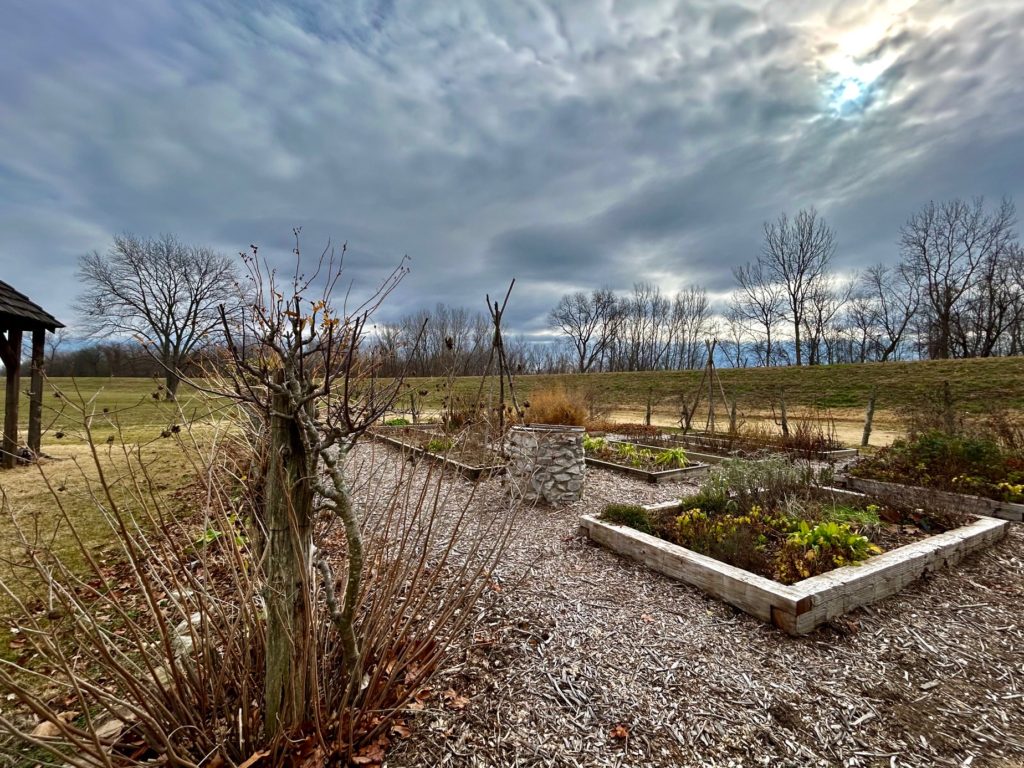
2 janvier, 2024 jeudi
42 degrees, partly cloudy
6 mph, NE wind
“Work to be done in January…
If you (like many others) are curious of having early Salleting, take Care that your Gard’ner make the Hot Beds to Sow Lettuce-Seed for Sallets, and Radishes, that you may have them as early as possible, Glass Bells will be a great Help to him in rearing up Cabbage-Letttuce, Melons, and Cucumbers…
Let the Gard’ner imploy himself in making Mats to lay over his Hot Beds, as also to cover some certain Plants. He may likewise in all Weather, when he cannot work abroad in the Gard’en, mend or cause to be mended, the Cases, or make new ones for Fig-Trees, or any other Use…
Carry out Dung to lay on the Beds where you intend to Sow the Kitchen Garden Seeds in their Seasons.”
-from Le Jardinier Solitaire written by Francis Gentil , 1704
The recent holiday season officially closes with the area’s French heritage communities as they celebrate the end of Advent which occurs this Friday evening with the Twelfth Night Balls scheduled to be held this Saturday. And as these celebrations come to an end, life resumes aat slower pace and offers time for reflection and planning for this new year, hopefully providing inspiration on how best to turn garden dreams into reality.
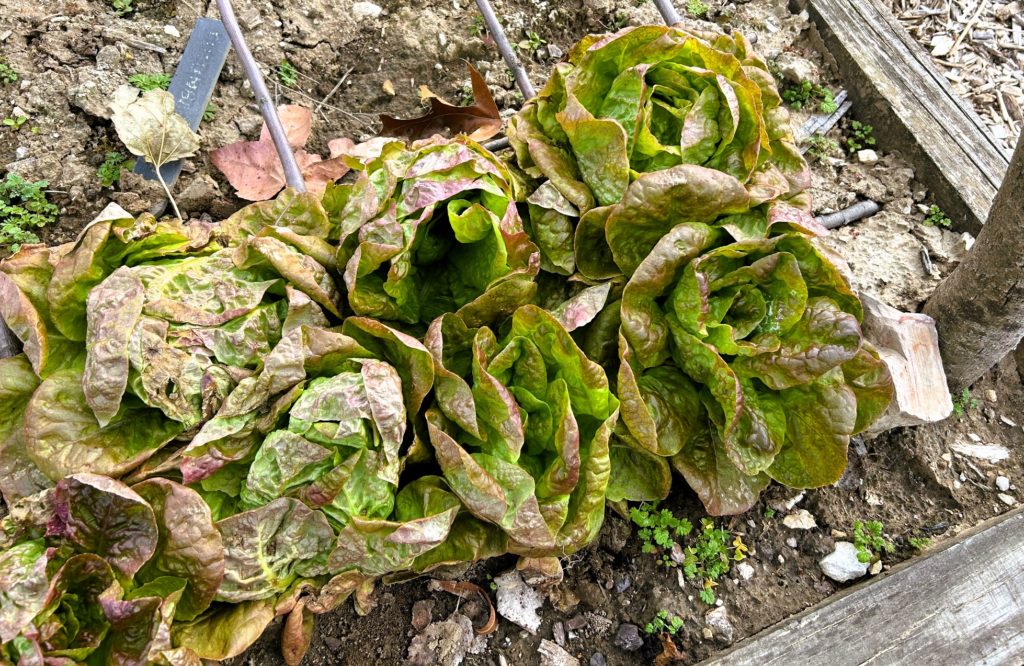
Before moving forward to the new season, a reviewing of the jardin potager’s journey over the course of 2023 certainly indicates that the year had its challenges and extremes, from a late and damp spring to months of drought and heat through the summer and fall. Every garden season has it own successes and challenges and this past year offered a boon year for carrots, cucumbers, leafy greens, leeks, peppers, radishes, and squash. The remaining vegetables struggled with the weather conditions and the pests of the four-legged kind and the heirloom apple and pear crops were devastated by strong summer storms. To follow the garden’s seasonal progress and activity over the last year, one can view online in almost weekly detail at https://www.facebook.com/fdcjardin. You are invited to check in throughout the year and follow the garden, through its successes and it challenges. The triumphs and trials to be found in the jardin potager adventure are a thoughtful reminder of all the generations of resilient Illinois country gardeners and their foodway traditions that have survived and persevered through the centuries.
As the year begins, it might be wise to heed the additional advice from the eighteenth-century Carpathian monk Gentil, as he recommends the need to nurture our gardens throughout the year, even in the early month of January. In the cold and often dreary days at the start of this new year, it doesn’t seem possible to accomplish much of anything in the garden. The advice to use hot beds in the kitchen garden was a method that was developed by our gardening ancestors by which gardeners could extend the growing season, usually for crops such as herbs, fruits, and vegetables, The heat source used for germinating seed in hot-beds was the easily accessible, if somewhat strong smelling, fresh manure.
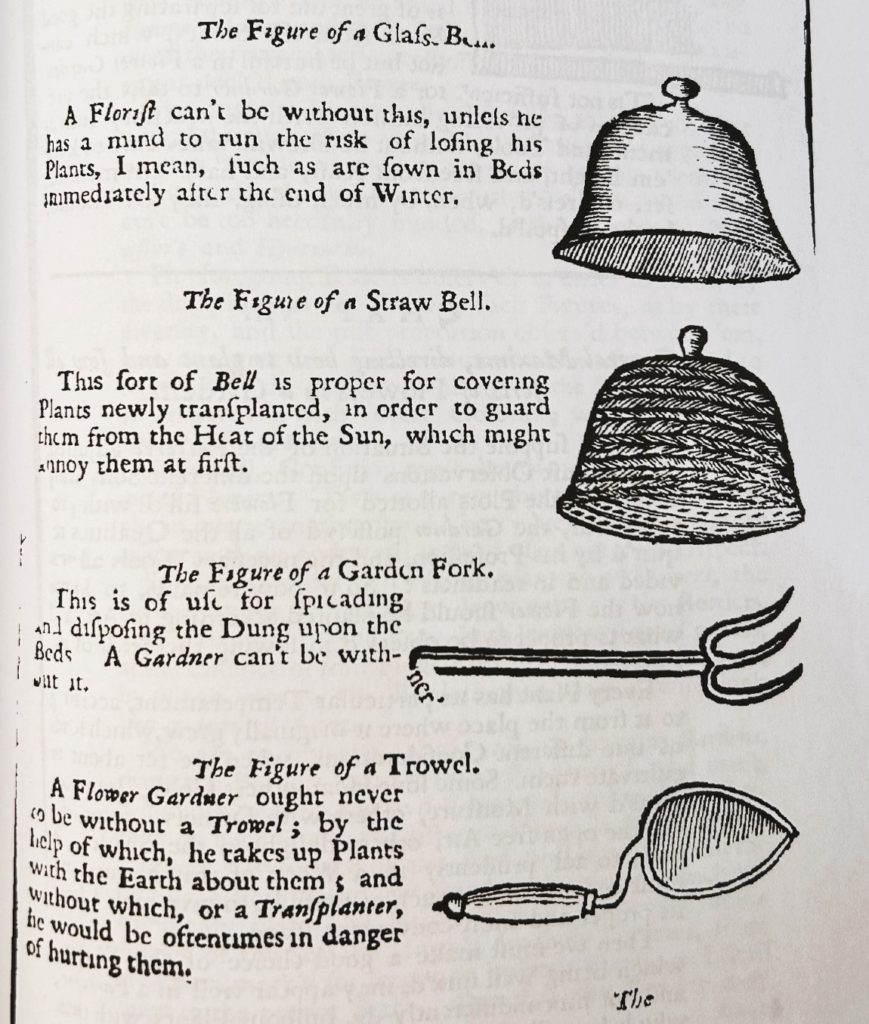
From François Gentil, Le jardiniere solitaire-
“The Manner of making Hot Beds
The South Aspect is best to lay you Hot Beds in. They ought to be made of Horse-Litter, just taken out of the Stable, they should be about Four Foot high, and as much in Breadth, the Length proportion’d to the Ground where you think fit to make them. You must cover them over with Mould the Thickens of about Eight or Nine Inches. They should be made Six or Eight Days before you Sow the Seeds, that the great Heat of the Dung may have Time to wear off, and that there may remain only a moderate Heat. You will discern this by putting your Finger into the Bed. Without this precaution you will indanger burning the Seeds.
The paths of the Beds ought to be a Foot broad, to the end, that when ‘tis necessary to recruit their Heat, you may have the Convenience of laying warm Dung between every Two Beds: which Dung will keep up a true Degree of Heat, to make the Plants thrive and prosper.”
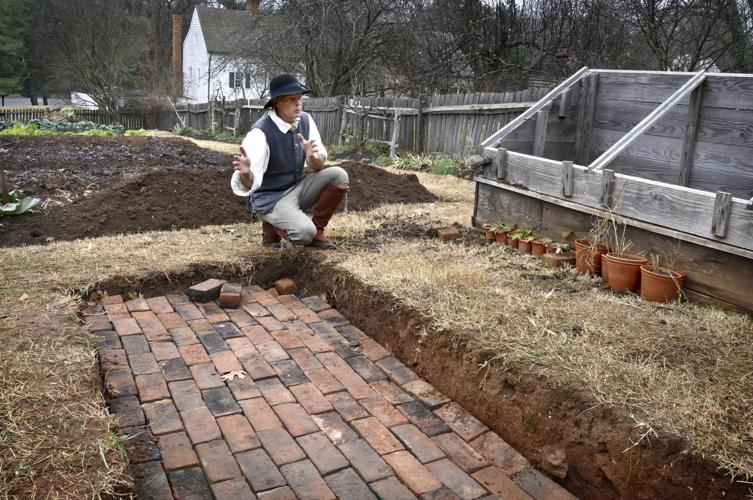
Photo: Dave Rolpfe/Winston Salem Journal
“Horse Manure: Critical to building hotbeds during winter” By Amy Dixon. Jan 6, 2017
A modern writing on eighteenth-century hot-bed construction techniques reports; “The principle of a hot-bed was to lay a layer of fresh stable manure mixed with straw well below the rooting level of the plants, then covered with soil to a depth which would support the root systems of the plants to be nurtured. The interaction of manure and straw insulated by the top layer of soil would be able to sustain tender plants in the cold weeks of late winter and early spring. Most hot-beds were constructed with a border of wooden planks which was raised above ground level. To take advantage of any sunshine to supplement the heat generated by the manure, most hot-beds were oriented to be south-facing. The front of the hot-bed border was between eight to twelve inches high while the back could be as much fifteen to twenty inches high, to catch any incoming sunlight and reflect it back onto the plants in the bed.” The Regency Redingote
Taking that eighteenth-century gardening advice to amend the garden’s raised beds while preparing hot-beds for the first sowing of seeds, is a reminder to us all to seasonally renew and prepare our garden, actions that provide a foundation for success throughout the upcoming season. And in this first week of the new year, this jardiniere looks forward to another season in the jardin potager at Fort de Chartres, continuing to explore our region’s eighteenth-century foodways, furthering the research that began in earnest over two decades ago. Hopeful this year’s journey will not only yield a successful season of harvests in the garden, but will additionally offer new opportunities to follow the path of French colonial gardening traditions in the Midwest and across the North American continent, exploring how it adapted to the exposure to new multi-cultural influences. Taking a new step along that twisting and winding path, my husband Nick and I travelled to visit family and friends in my hometown located in Northwest Ohio, an area steeped in the history of the Black Swamp, Commodore Perry, and Anthony Wayne. We included a side-trip to the Monroe, Michigan area, whose history and place names call to its French roots, to explore its heritage and foodways. Through connections made through the French Heritage Society, Chicago Chapter’s French Heritage Corridor Initiative, and with the assistance of FHC Michigan Ambassador, Dr. Michael Nassaney, we were able to connect with Jami Keegan at the River Raisin National Battlefield Park and with her help met some of the Park staff, especially site volunteer Rusty Davis, who made it possible to conduct a bit of foodways history research in their archive files from local researcher Ralph Naveaux’s collection and a 1780s Trading Post Journal. The staff was welcoming and informative and we can thoroughly recommend a visit to this NBP site located in SE Lower Michigan along the western shoreline of Lake Erie and discover the significant role the Great Lakes region played in the War of 1812. This site preserves and interprets the January 1813 battles of the War of 1812 and their aftermath, a result of a historic collision of multiple nations and that aftermath continues to be of key importance today. We also were able to connect and spend a grand time with Lynn Reaume, Monroe County Historian and Ralph Naveaux at the Monroe County Museum. They are both offered a sincere thank you for being so generously willing to share their related period materials. This visit will result in another type of winter garden project and a perfect way to begin 2024. Time will be spent reviewing these sources and exploring that region’s French and Native Peoples culinary and agricultural heritage to discover the ways the culinary history on the shores of western Lake Erie connects with the Illinois country. Just another step taken to further understand more fully how these centuries-old histories interconnect and reveal themselves in our gardens and foodways. Continuing the Pays des Illinois heritage garden journey, the work continues to create an atmosphere of nurturing and exploration. You are invited to visit and share in the jardin potager season throughout the year, to follow in the footsteps and practices of French habitant gardeners at time of the 1750s-era Fort de Chartres, whether visiting in person or just following the garden season online.
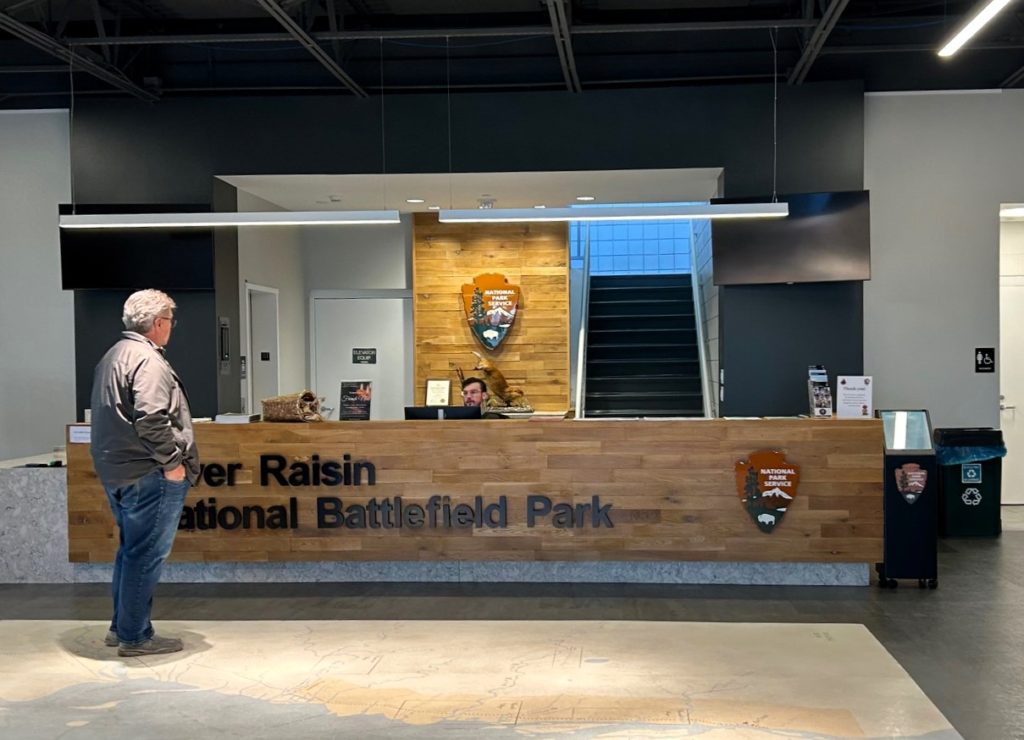
One never knows where this garden journey will lead, from feelings of exultation to heartbreak, and to all the people that you meet along the way. Thank you to Kim Atkins of Atkins’ Acres Educational Farm located in Millstadt, Illinois and Gerianne Holzman, National Garden Clubs, Inc. 3rd Vice President and Editor, The National Gardener. Kim visited the jardin potager this past summer and offered her support and appreciation for the garden at the Fort. She facilitated an opportunity for an article to be written about the Fort de Chartres heritage jardin potager which has been published and can be read in the magazine’s first quarterly edition PDF, The Winter 2024 Edition of The National Gardener. Thank you to them both for such a singular opportunity to share the Fort de Chartres Heritage Garden Project and Fort de Chartres State Historic Site in a national gardening publication. Whether you are a longtime visitor and supporter or just newly acquainted to this heritage garden project, welcome to our 2024 journey.
Best wishes to all for health, happiness, and new adventures in the upcoming year-both personal and of the gardening kind. Salut to 2024 and to all new adventures yet to be!
Links:
https://www.nps.gov/rira/index.htm
https://knownandgrownstl.org/our-farmers/meet-our-farmers/atkins-acres-educational-farm/
Recent Comments